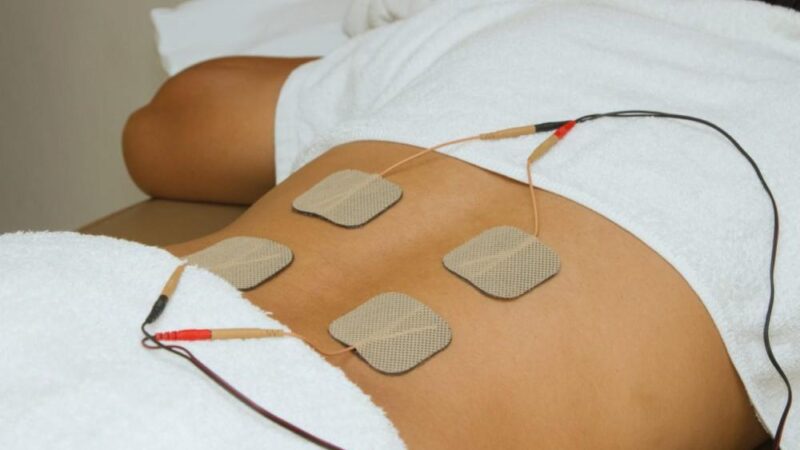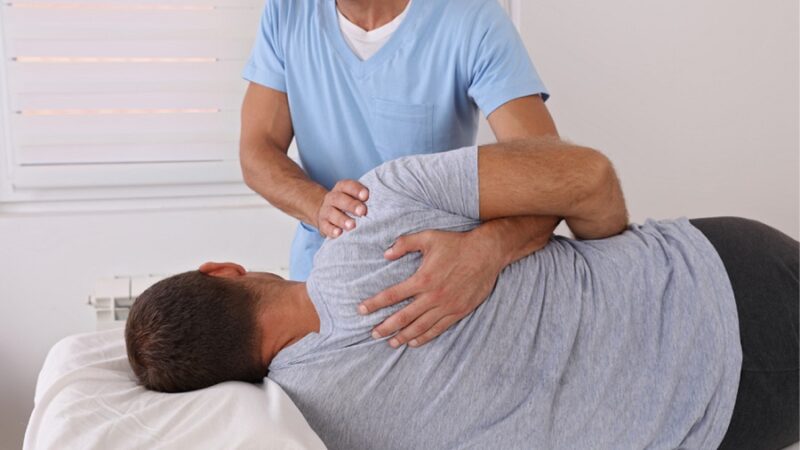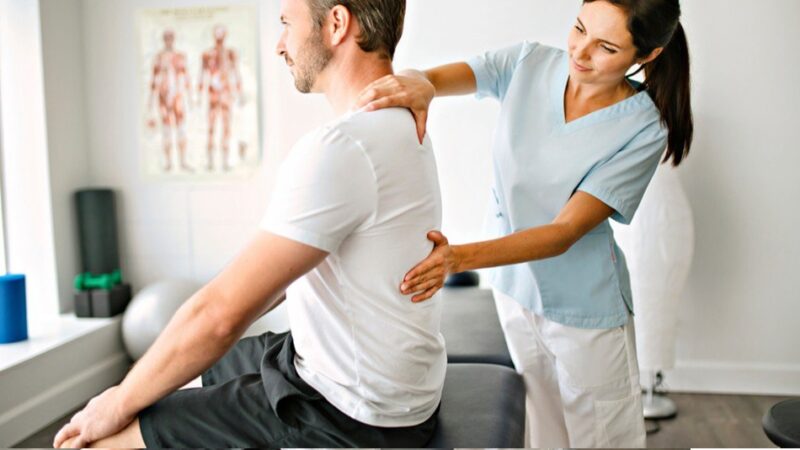What is the Role of Posture in Managing Low Back Pain?

Low back pain is a common issue that affects millions of people worldwide. It can impact your daily routine, work productivity, and even your mental health. There are various factors that contribute to low back pain, including poor posture, which is often overlooked. In this article, we’ll explore the role of posture in managing low back pain and discuss some effective tips for improving it.
Understanding the Connection Between Posture and Low Back Pain
Posture refers to the position you maintain while sitting, standing, or lying down. Maintaining a proper posture not only helps prevent back pain but also aids in alleviating existing discomfort. Good posture allows your muscles and ligaments to work efficiently while supporting the weight of your body, reducing stress on the spine.
Poor posture, on the other hand, is one of the common causes of lower back pain in women and men. When you have incorrect posture, the weight of your body is not evenly distributed, leading to strain on certain muscles. Over time, this can cause imbalances in muscle strength, resulting in low back pain.
Tips for Improving Posture and Reducing Low Back Pain
To manage low back pain, it’s essential to take a proactive approach to correcting your posture. Here are some simple tips to help you maintain better posture and alleviate the discomfort:
- Be mindful of your sitting position: While sitting, make sure your feet are flat on the floor, with your knees bent at a 90-degree angle. The backrest of your chair should uphold the natural curve of your spine. Avoid crossing your legs, as it can misalign your hips and contribute to poor posture.
- Practice good standing posture: When standing, keep your feet shoulder-width apart, with your weight spread evenly. Your chest should be lifted, shoulders pulled back, and chin parallel to the ground.
- Use good lifting techniques: When lifting heavy objects, bend your knees and use your leg muscles to lift, keeping the object close to your body. Avoid bending at the waist or twisting while lifting, as it can strain your lower back.
- Regular exercise: Engaging in regular physical activity, such as walking, swimming, or yoga, can help strengthen your core muscles, improve overall posture, and reduce low back pain.
- Work on flexibility: Stretching exercises targeting your back, hips, and legs can help improve flexibility and reduce muscle imbalances, alleviating low back pain.
If you’re experiencing persistent low back pain, it’s crucial to consult with a healthcare professional for a proper diagnosis and treatment plan. A qualified doctor for low back pain in Boca Raton can help identify the root cause of your discomfort and provide personalized recommendations to manage it effectively.
In Conclusion
Posture plays a significant role in managing low back pain. By being conscious of your posture and taking appropriate steps to improve it, you can alleviate discomfort and improve your overall quality of life. Remember to practice good posture habits, engage in regular physical activity, and seek professional help if needed. With the right approach and lifestyle changes to prevent lower back pain, you can lead a pain-free and active life. So, take care of your posture today for a healthier tomorrow!







